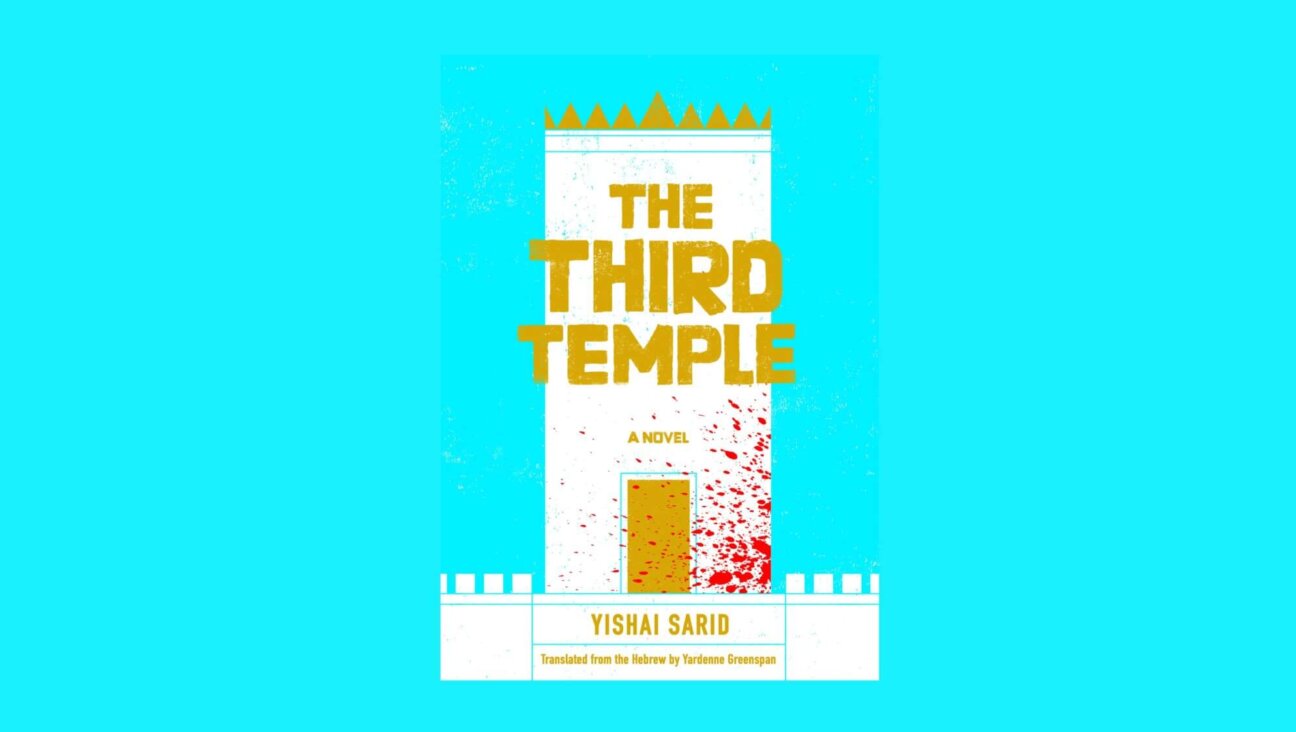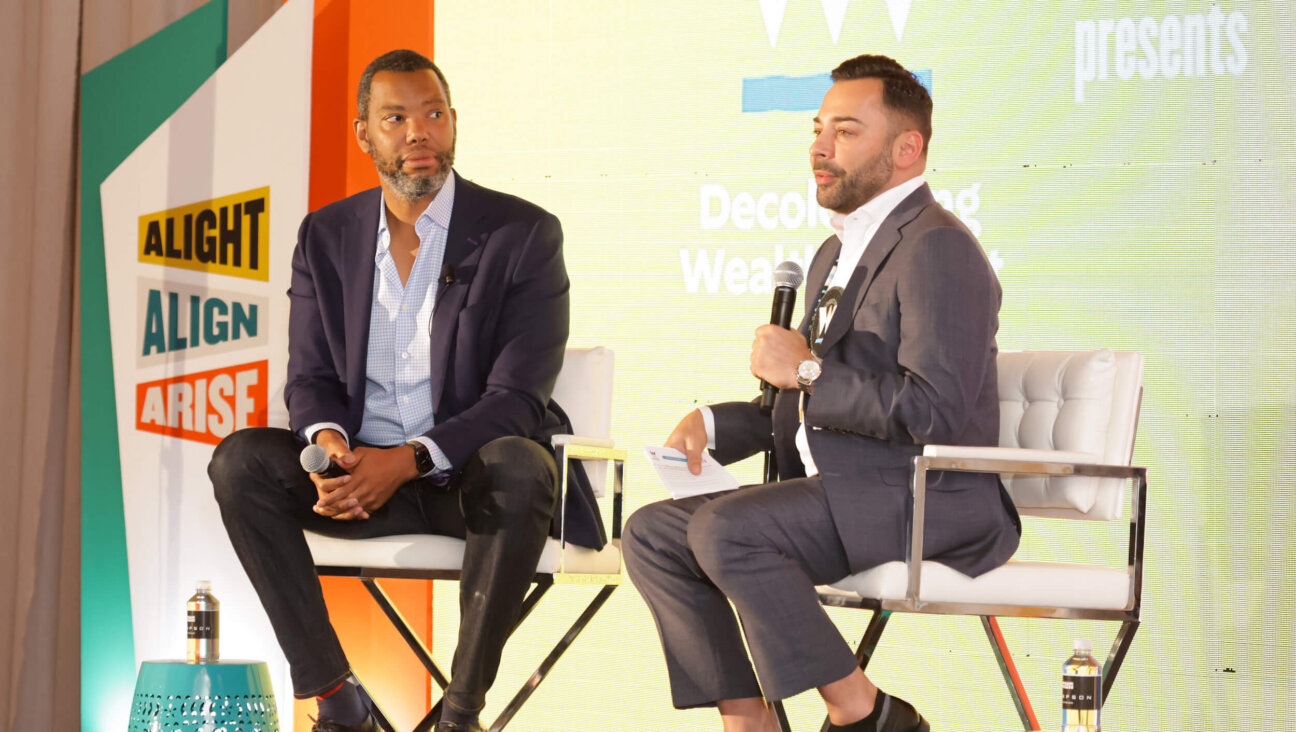Author Blog: It’s All in the Blood

Last week, Harry Ostrer wrote about a series of scientists who contributed to our contemporary understanding of Jewishness. His blog posts are featured on The Arty Semite courtesy of the Jewish Book Council and My Jewish Learning’s Author Blog Series. For more information on the series, please visit:

If being Jewish were in the blood, then what better way to find the markers of Jewishness then by studying blood itself? In his 1977 book “The Genetics of the Jews,” Arthur Mourant, one of the foremost cataloguers of blood groups during the 20th century, explained the advantages to this approach. “In popular anthropology since time immemorial… the visible and physically measurable body characteristics preceded the hereditary blood characteristics as the principal human taxonomic markers. Because of the precisely known mode of inheritance of blood characters, the latter have now superseded them… The hereditary diseases are, in general, too rare to be of value in studies of limited population samples…” So measuring blood groups is more precise than measuring heads and easier than identifying rare genetic diseases.
Mourant’s journey to Jewish population genetics was long. As an Oxford-trained geologist, he joined the Geological Survey of Great Britain during the 1920s to catalog the coal deposits in Lancashire. Unable to obtain an academic post in geology in Depression-era Britain, he returned to his native island of Jersey and set up a laboratory offering medical tests. But running that laboratory was not satisfying, so in 1939, he entered St. Bartholomew’s Medical College in London. Upon his graduation with a medical degree in 1943, he became a Medical Officer in the National Blood Transfusion Service. The demand for blood products was great during the war and Mourant became a leader in the field. After the war, he directed the UK Medical Research Council’s newly established Blood Group Reference Laboratory, the international standard for the World Health Organization.
visitingscribe/harry-ostrer
A blood group is determined by the presence or absence of certain sugars, proteins, or fats on the surfaces of blood cells and other types of cells. Differences in blood groups limit the possibilities for blood transfusions — blood can be transfused only for a compatible type. Transfusions among individuals of noncompatible types result in transfusion reactions in which antibodies in the recipient’s blood break down the transfused red cells.
The presence of these antibodies was recognized first in 1901 by Karl Landsteiner, a Viennese pathologist. As he noted later in his Nobel Prize lecture of 1930, “My experiment consisted of causing the blood serum and erythrocytes (red blood cells) of different human subjects to react with one another. The result was only to some extent as expected. With many samples there was no perceptible alteration, in other words the result was exactly the same as if the blood cells had been mixed with their own serum, but frequently a phenomenon known as agglutination — in which the serum causes the cells of the alien individual to group into clusters — occurred.” Following Landsteiner’s lead, serum banks were created that collected serum from individuals of known blood groups and used these sera to test new individuals to determine their types. It was just such a laboratory that Mourant headed after the Second World War.
In the ABO system, there are four genetically encoded blood groups: A, B, AB, and O — O represents the absence of A or B. People with the O group are also known as “universal donors,” because they can give blood to anyone. The study of ABO blood groups made it immediately clear that there are different frequencies among different peoples. In Europe, the average frequency is 40 percent O, 40 percent A, 15 percent B, and 5 percent AB. In other populations, the balance changes.
Mourant was among the first to appreciate the utility of using blood groups as population genetic markers and the first to apply these to Jews. His catalog had varying data for the different blood groups and for other genetic marker systems (including G6PD). He concluded that the blood group data correlated with the known facts of Jewish history – although population geneticists at the time and today would agree that it is hard to draw major conclusions from a single genetic marker system.
The major Jewish communities were relatively homogeneous, yet distinct from one another. Each of the communities bore some resemblance to the local, non-Jewish population. In Mourant’s words, “Each major Jewish community as a whole bears some resemblance to indigenous peoples of the region where it first developed.” Recent studies in Jewish population genetics have drawn upon analysis of the whole genome and have tended to confirm what Mourant observed – relative homogeneity within Jewish groups, distinctiveness between Jewish groups and some resemblance with local, non-Jewish populations. But Mourant was the first to study what was in the blood.
Dr. Harry Ostrer is the author of “Legacy: A Genetic History of the Jewish People.” He is a medical geneticist who investigates the genetic basis of common and rare disorders. He is also known for his study, writings, and lectures about the origins of the Jewish people. He is a professor of Pathology and Genetics at Albert Einstein College of Medicine of Yeshiva University and Director of Genetic and Genomic Testing at Montefiore Medical Center.
The Jewish Book Council is a not-for-profit organization devoted to the reading, writing and publishing of Jewish literature. For more Jewish literary blog posts, reviews of Jewish books and book club resources, and to learn about awards and [conferences,][10] please visit www.jewishbookcouncil.org.
MyJewishLearning.com is the leading transdenominational website of [Jewish][11] information and education. Visit My Jewish Learning for thousands of articles on Judaism, [Jewish holidays,][14] [Jewish history][15] and more.
about/ _blog/The_ProsenPeople/ awards/ resources/
A message from our Publisher & CEO Rachel Fishman Feddersen

I hope you appreciated this article. Before you go, I’d like to ask you to please support the Forward’s award-winning, nonprofit journalism during this critical time.
We’ve set a goal to raise $260,000 by December 31. That’s an ambitious goal, but one that will give us the resources we need to invest in the high quality news, opinion, analysis and cultural coverage that isn’t available anywhere else.
If you feel inspired to make an impact, now is the time to give something back. Join us as a member at your most generous level.
— Rachel Fishman Feddersen, Publisher and CEO
























